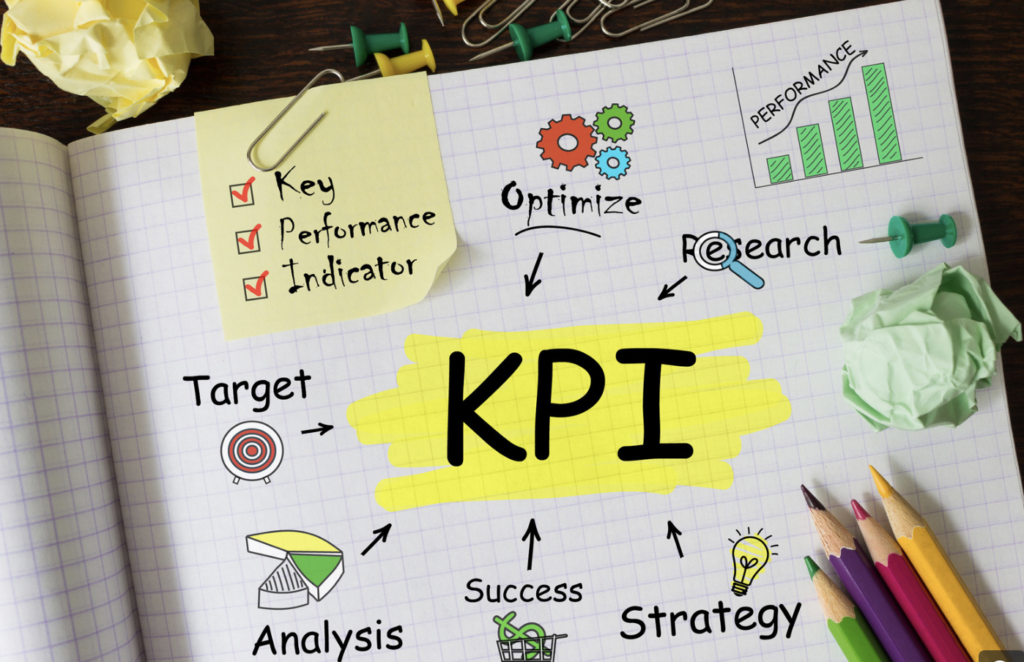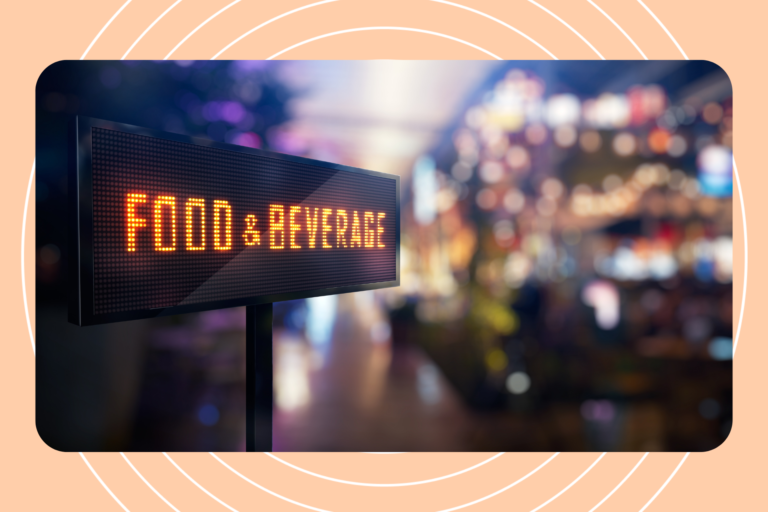By “Charlotte Leung, Contributor” on May 10, 2023
The world of Public Relations is ever-evolving, adapting to the demands of the digital era, and becoming more creative and innovative than ever before. As the landscape continues to shift, it becomes imperative for businesses to not only develop cutting-edge PR strategies but also to gauge their effectiveness accurately.
What is a successful PR strategy and how can you measure the success of a creative PR strategy?
A successful creative PR (Public Relations) strategy is a coordinated series of activities aimed at enhancing a brand’s image and effectively communicating its message to the public. It’s a blend of creativity, strategic planning, and measurable objectives that drives brand visibility, boosts reputation, and fosters a stronger relationship with the target audience.
Here’s what makes a PR strategy successful and creative:
1. Set clear objectives and goals
Define your campaign’s success criteria before planning. Goals should be specific to guide your strategy and message clarity, and accurately identify your audience and the best platforms to reach them. Whether it’s increasing brand awareness, managing reputation, promoting new products, or improving customer engagement, each objective should be (SMART). Instead of a vague goal like “increase brand awareness,” a SMART goal could be “increase website traffic by 30% in the next six months.” or “to increase brand visibility in the health sector, we aim to secure 10 features in top health and wellness publications within the next quarter.”

SMART is an acronym that stands for Specific, Measurable, Achievable, Relevant, and Time-bound. These components can help create effective goals for a PR strategy. Here’s how to apply the SMART framework:
- Specific: Your goal should be clear and specific. Instead of “increase brand awareness,” a specific goal might be “increase the number of mentions of our brand in industry-leading publications.”
- Measurable: You should be able to measure your goal, so you know when you’ve achieved it. For example, “increase the number of brands mentions in industry-leading publications by 25%.”
- Achievable: Your goal should be realistic and attainable. It’s good to aim high, but setting an unachievable goal can demotivate your team. Ensure you have the resources (time, money, manpower) to achieve the goal.
- Relevant: Your goal should align with your overall business objectives. If your business objective is to enter a new market, a relevant PR goal might be “increase brand recognition in the new market by securing coverage in 10 local publications.”
- Time-bound: Your goal should have a deadline to encourage focus and urgency. For example, “increase brand mentions in industry-leading publications by 25% in the next six months.
In aligning with business goals, ensure your PR objectives align with your overall business goals to expand to a new demographic so that your PR goal can increase brand recognition within that demographic. With clear goals in place, outline the steps necessary to achieve them. This could involve choosing the right media channels, planning events, or crafting compelling press releases. Key Performance Indicators (KPIs) are also useful to help measure the success of your PR campaign. These could be media mentions, social media engagement, website traffic, or lead generation, depending on your goals.

2. Understand your audience
Understanding your audience allows you to create a PR strategy that resonates, engages, and drives action. Determine who you want to reach with your PR campaign. It could be existing customers, potential customers, industry professionals, or the general public. It’s about delivering the right message, to the right people, at the right time, through the right channels. To make your message impactful, know your audience thoroughly by understanding your audience’s age, gender, location, occupation, and income level (demographics) as well as their interests, attitudes, values, and behaviours (psychographics). This knowledge informs your campaign’s media, language, and timing, facilitating a better response.
A successful PR also requires you to analyze their media consumption. You should find out which media channels your audience uses most frequently, e.g. are they active on social media? Do they read newspapers or online blogs? Do they listen to podcasts or watch TV? This allows you to understand your audiences’ needs and pain points in knowing what problems your audience faces and how your product or service can solve them to tailor your messages to show the value of what you’re offering. It is often to use surveys, interviews and social listening to gather direct feedback from your audience. This can provide valuable insights into their perceptions of your brand and their expectations. If your audience is diverse, segment them into distinct groups based on common characteristics for more personalized and effective communication. You can adjust your strategy accordingly to tailor your PR strategy adapting your messages, choosing different media channels, or even redefine your goals.

A successful PR strategy is never a one-size-fits-all approach. It requires understanding your target audience – their preferences, behaviours, and needs – and tailoring your messages and channels accordingly. This targeted approach ensures your PR efforts reach the right people at the right time, maximizing impact and ROI.
3. Choose the right platform
The right platform is where your message will have the most impact, resonating with your audience and fostering engagement. Selecting a platform based on your audience’s habits, not your company’s preferences is essential to reach your target audience effectively. After understanding your audience, knowing where your audience spends their time online and offline will help you identify the most effective platform to reach them. The right platform helps you align the platform with objectives as different platforms serve different purposes. For instance, LinkedIn is great for B2B communication and professional networking, while Instagram might be better for visual storytelling for a younger, B2C audience. Assessing which platforms your audience uses most helps you evaluate their media consumption habits. The kind of content you plan to share can also determine the platform. For example, visually rich content works well on Instagram or Pinterest, while thought leadership articles are best suited for LinkedIn or Medium. To start, you can start to test and monitor different platforms when starting to monitor engagement levels and adjust your strategy based on what’s working best. Once you’ve chosen a platform, be consistent. Regular posting and engagement can help build your brand’s presence and credibility. While focusing on the most effective platform, don’t ignore others. Use a mix of platforms to reach a broader audience and meet different objectives.
4. Pitch creatively
Creative pitching is crucial to stand out and grab media attention in a successful PR strategy. A creative pitch is not just about being different, it is about presenting your story in a way that’s relevant, engaging, and irresistible to the media. You should garner media attention with a unique angle, personalize your outreach to show organization and effort and ensure your story aligns with the platform’s coverage style.

To start, you need to know your story, understand the unique aspects of your story and make it newsworthy to craft a compelling narrative. Then, customize your pitch for each journalist or media outlet to show that you understand their beat and audience, and explain why your story is a good fit. Use a Creative Hook to grab attention with a compelling hook – a unique angle, an unexpected twist, a human-interest element, or a tie-in with current events. As journalists receive numerous pitches every day, keep yours short, clear, concise and to the point, while ensuring it communicates the essence of your story. Visualize the story with images, infographics, or videos to make your pitch more engaging and easier to understand and personalize it to address each journalist by name and reference. Never hesitate to follow up politely after a reasonable period. This helps you to build Relationships for future potential collaborations. Building and maintaining strong relationships with media outlets, journalists, and influencers is a critical component of a successful PR strategy. This can help secure valuable media coverage, enhance brand visibility, and shape public perception.
In the world of PR, content is king, and creativity is queen. A successful creative PR strategy uses compelling narratives and creative storytelling to captivate the audience and convey the brand’s message. This could include storytelling through press releases, blog posts, social media content, videos, podcasts, or any other format that resonates with the target audience.
5. Monitor progress
Monitoring progress is crucial for a successful PR strategy as it allows you to assess the effectiveness of your campaign and make necessary adjustments. As you evaluate your campaign periodically, it helps you identify what’s working and what isn’t. Specific goals need to be set for easy measurement and a clear understanding of your campaign’s performance.
It is crucial to determine Key Performance Indicators (KPIs) based on your objectives, including metrics like media impressions, website traffic, social media engagement, lead generation, or conversion rates.

Key Performance Indicators (KPIs)
Once you have defined your objectives, the next step is to identify the Key Performance Indicators (KPIs) that align with these objectives. KPIs are quantifiable metrics that help you evaluate your performance against your goals. Depending on your objectives, your KPIs might include metrics like:
- Media Impressions: The number of times your content is displayed, irrespective of whether it was clicked.
- Reach The number of people who have seen your content.
- Engagement: The number of interactions (likes, shares, comments, etc.) on your content.
- Website Traffic: The number of visitors to your website resulting from your PR activities.
- Sentiment Analysis: The public’s perception of your brand, as positive, negative, or neutral.
With the abundance of digital tools available today, you can get a detailed analysis of your PR activities. Tools like Google Analytics, social media analytics, or media monitoring services can provide valuable insights into your audience’s behaviour and interaction with your brand, enabling you to gauge the effectiveness of your PR strategy to track these KPIs with valuable data on reach, engagement, and audience behaviour.
Regularly Review Progress and monitoring cannot be eliminated for timely adjustments. While it is important to track the number of media mentions or social shares, quality has to be assessed as well with media mentions and social shares for engagement and conversions. These data can allow you to analyze and learn with messages, platforms and insights to resonate with your audience. Create reports to share with your team or stakeholders occasionally to highlight successes, learnings and how PR is contributing to business goals. Regular measurement and evaluation entail monitoring key performance indicators (KPIs), such as media impressions, reach, engagement, sentiment, and more, to assess the effectiveness of the PR efforts and make necessary adjustments.
6. Adapt and refine
Measuring the success of your PR strategy is not a one-time process, but a continuous cycle. Based on your analysis, you may need to adapt and refine your strategy to better align with your objectives. In the rapidly evolving world of PR, adaptability is key. A successful PR strategy is flexible and can quickly pivot in response to changing market trends, audience preferences, or unexpected events.
In summary, a successful creative PR strategy is a well-planned, flexible approach that effectively conveys a brand’s message through compelling storytelling, targets the right audience, builds strong media relationships, prepares for potential crises, and consistently evaluates and refines its tactics based on measurable outcomes.
Always be willing to pivot and adjust your approach based on the insights you gather. The success of a creative PR strategy may seem complex, but with clear objectives, the right KPIs and the effective use of analytics tools, it becomes manageable and insightful. As PR continues to evolve, so should your metrics for success, continually reflecting the changing landscape and the goals of your organization. After all, in the dynamic world of PR, success is a moving target.
Sources
https://www.forbes.com/sites/forbesagencycouncil/2021/08/03/5-tips-for-a-successful-pr-campaign/?sh=262967a31962
https://www.indeed.com/career-advice/career-development/public-relations-strategies#:~:text=The%20most%20effective%20PR%20plans,like%20on%20social%20media%20accounts.
https://www.mediahq.com/blog/5-ways-measure-success-pr-campaign




